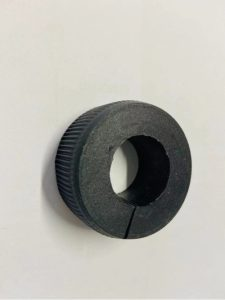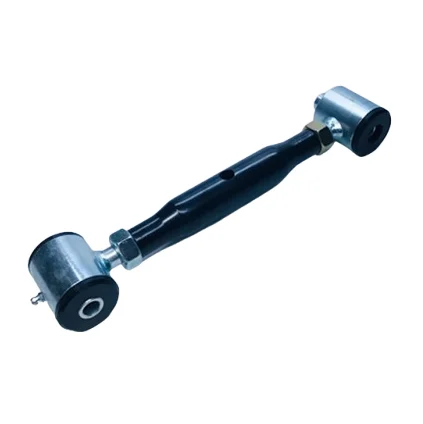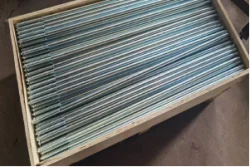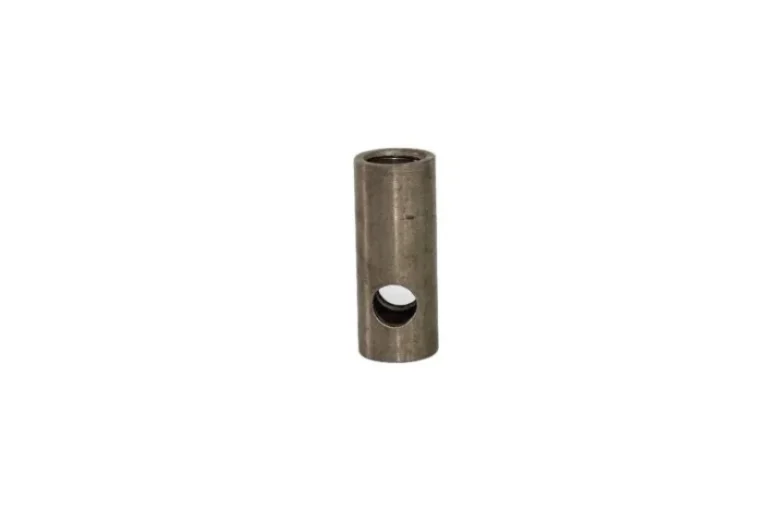Understanding Rubber Rings: An Overview
Rubber rings or O rings, in engineering lingo, serve as components used in a range of industries for different purposes. They come in shapes. Made from various types of rubber with the main objective to seal off fluids and gases in different systems efficiently. This sealing helps enhance the performance and effectiveness of machines by preventing any leakages. Rubber rings show their importance by being versatile and easily fitting, into engineering solutions.
Composition and Properties
Rubber rings are usually made up of natural rubber based on the needs of the task. Neoprene and nitrile are some materials used in making these rings; each material has characteristics in terms of its chemistry and physical properties. Rubber rings are known for their flexibility and durability as their ability to withstand changes in temperature. They are particularly effective for sealing purposes because they can compress and bounce back to their form easily. This quality ensures that they can maintain a seal, under varying pressure conditions, which ultimately adds to the overall reliability of systems where these rubber rings are utilized.
Various Types of Rubber Rings
Different kinds of rubber rings are available to meet a range of engineering requirements. O rings are the used type and are suitable, for sealing applications in both stationary and moving parts. Gasket rings offer more flexibility and are crucial for sealing surfaces that are not uniform. Moreover, personalized rubber rings can be made to fit precise measurements and material specifications, providing customized solutions for intricate engineering situations. Choosing the kind of rubber ring is essential as each type is designed to handle pressures and temperatures while being compatible, with various chemicals used in different applications.
Production Process
The creation of rubber rings goes through steps such, as mixing materials together and shaping them before finally curing them using heat and pressure to improve their durability and strength. This thorough manufacturing process guarantees that the final rubber rings adhere, to the standards of contemporary engineering uses.
Applications in Mechanical Engineering
Sealing Mechanisms
Rubber seals play a role, in the field of engineering by serving as key components for sealing purposes finding use in a wide range of applications to avoid leaks, in diverse fluid systems.
Static Sealing
In sealing applications rubber rings are employed to seal joints and connections where there is no movement, between parts. Their ability to compress allows them to fill openings effectively helping prevent the escape of liquids or gases. This becomes crucial in scenarios such as pipe connections, where ensuring a seal is vital, for the systems functionality.
Dynamic Sealing
On the other hand dynamic sealing involves situations where the rubber ring moves, like, in cylinders or spinning shafts. In these cases, engineered rubber rings can handle the motion while also maintaining a seal. Their flexibility enables them to endure the effects of usage and maintain the durability of moving machinery and equipment.
Shock Absorption Systems
Rubber bands play a role, in shock absorption systems within mechanical engineering applications. They help in reducing vibrations and lessening the effect of shock loads on machinery. By absorbing energy and limiting the transmission of vibrations rubber bands enhance the stability and longevity of equipment. This function is especially critical, in situations that involve machinery or vehicles where ensuring reliability is paramount.
Wear and Friction Reduction
Rubber rings play a role, in systems by minimizing wear and friction between moving parts. They act as a barrier or layer between components to reduce forces resultin, in functionality and lower energy usage. This use not only prolongs the lifespan of parts but also improves their efficiency and performance overall.
Roles in Electrical and Electronic Engineering
Insulation Purposes
Rubber rings play a role, in electronic engineering by providing important insulation functions. They are frequently utilized to cover connections and cables to guarantee that conductive components are kept separate. This feature is crucial in averting circuits and maintaining the performance of electronic devices. Especially, in scenarios involving high voltages.
Vibration Isolation
Rubber rings play a role, in reducing vibrations, in electrical and electronic engineering fields by absorbing and minimizing vibrations generated by motors and other electronic parts to stabilize equipment effectively.
Packaging and Protection
Rubber rings are essential, for packaging. Safeguarding components as they serve as seals in enclosures to block out contaminants like moisture and dust while also providing protection in outdoor or harsh conditions where keeping components secure is crucial, for their performance and durability.
Uses in Automotive Engineering
Engine Components Durability
Rubber rings play a role, in engineering by improving the longevity of engine parts like oil seals and coolant hoses to prevent leaks and maintain fluid integrity in vehicles, for better performance and fuel efficiency while also reducing emissions.
O-ring Applications
In the industry and other sectors, where O rings are commonly employed for their adaptiveness and usefulness across a range of applications from fuel systems to brake parts to prevent leaks and ensure connections… Select materials wisely for O rings in settings as they need to endure exposure, to fuels and oils and withstand temperatures.
Suspension Systems Enhancement
Rubber rings have an impact, on improving car suspension systems by being utilized in shock absorbers and stabilizers to offer cushion and enhance the smoothness of the ride experience. Their effective absorption of shocks and reduction of road noise not only contribute to a pleasant driving experience but also help in decreasing maintenance expenses and prolong the life of the vehicle components.
Importance in Civil Engineering Projects
Structural Bonding
Rubber rings are essential, in engineering for connecting structures like bridges and dams by offering flexibility and sealing properties to withstand environmental factors such as temperature changes and seismic activities while ensuring a strong bond, between different materials.
Rubber rings play a role, in preventing water leaks and the buildup of moisture that could potentially cause harm to structures in the run Their flexibility enables them to adapt to any changes, in the framework of the building effectively securing and lasting connections Incorporating rubber rings into civil engineering endeavors substantially boosts the strength and longevity of buildings.
Expansion Joints and Flexible Connections
Rubber gaskets play a role, in creating and incorporating expansion joints and flexible connections, in civil engineering projects well.
Rubber rings play a role, in piping systems by enabling connections that accommodate movement and maintain a secure seal effectively. This flexibility helps reduce stress points and potential weaknesses in interconnected systems. In essence, the use of rubber rings, in engineering enhances the durability and efficiency of built environments.
Advancements and Innovations in Rubber Ring Technology
Enhanced Material Formulations
Rubber ring technology has seen progress, in enhancing performance for uses due to the efforts of engineers and materials experts in refining material compositions with better qualities like greater chemical resistance and improved durability even in extreme conditions, through innovative manufacturing techniques and additives.
Manufacturers are always looking for ways to improve their products and make them more sustainable and environmentally friendly, by using eco materials in rubber ring formulations without compromising performance standards.
Smart Rubber Rings with Sensing Capabilities
The incorporation of technology, into rubber rings signifies a breakthrough in engineering practices. The smart rubber rings are equipped with sensors that can monitor factors like temperature and pressure in time. They also have the capability to detect exposure promptly. This innovation empowers engineers with information for maintenance and prompt adjustments, to operational settings when necessary.
By utilizing Internet of Things (IoT) technology, in manufacturing processes with rubber rings companies can gather and assess data to improve productivity and avoid breakdowns proactively. These immediate findings contribute to the reliability of machinery and systems across engineering sectors like aerospace and engineering.
The development of rubber rings is revolutionizing maintenance approaches, in industries by guaranteeing better performance and durability as well as minimizing unexpected problems.










